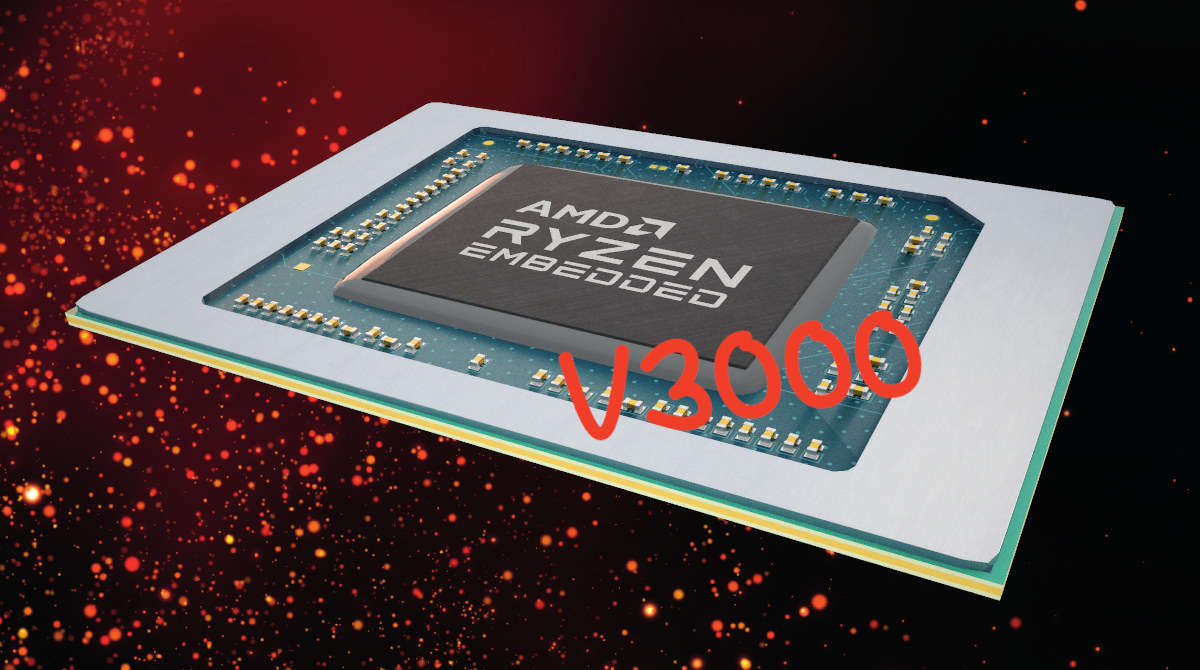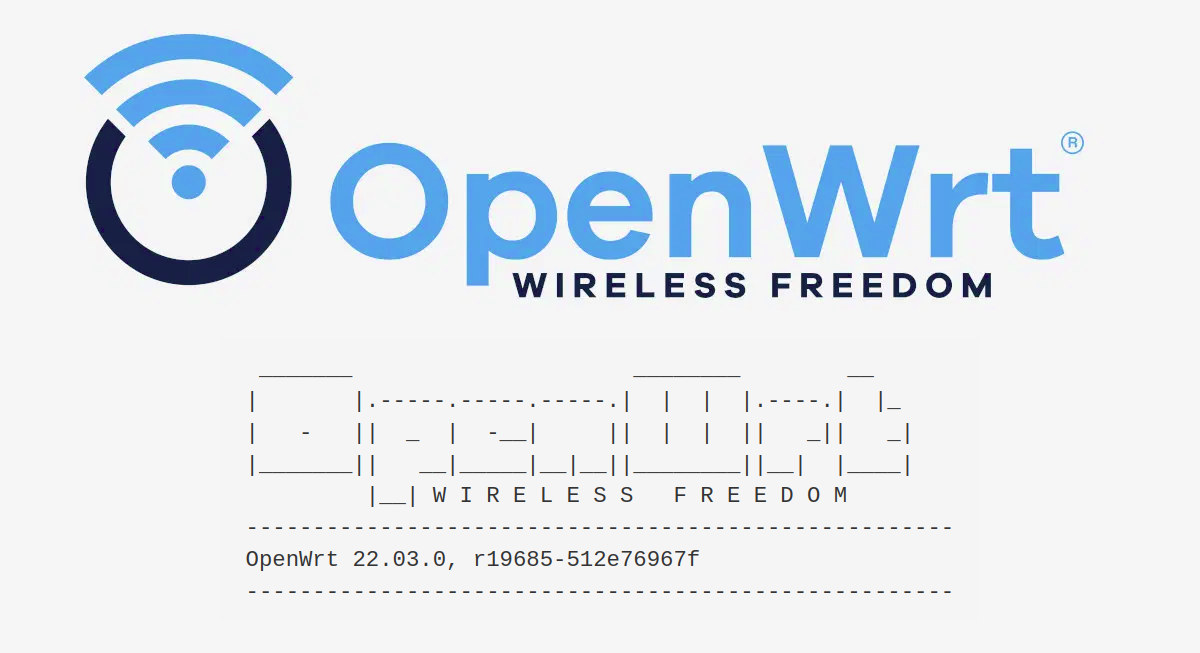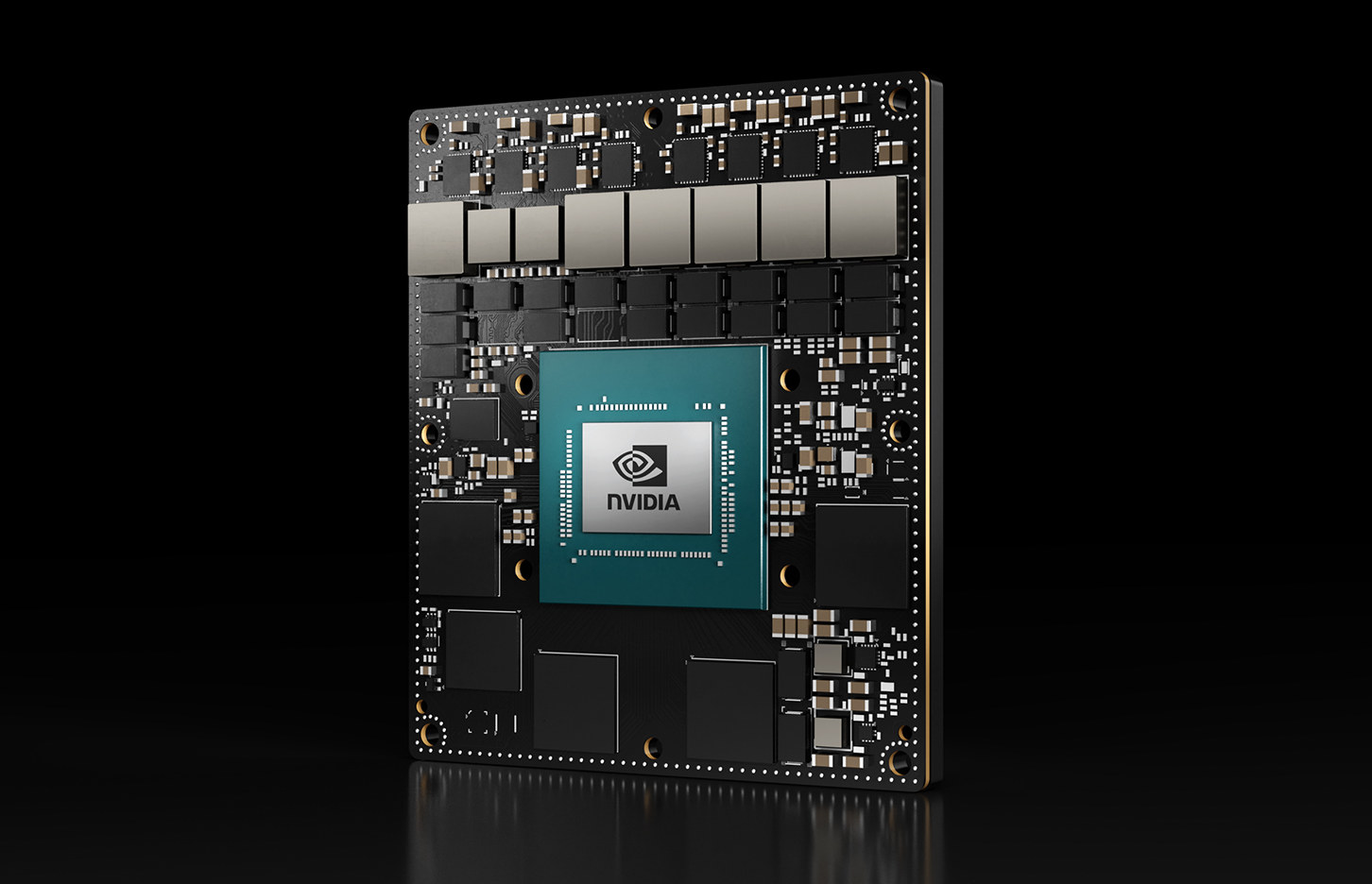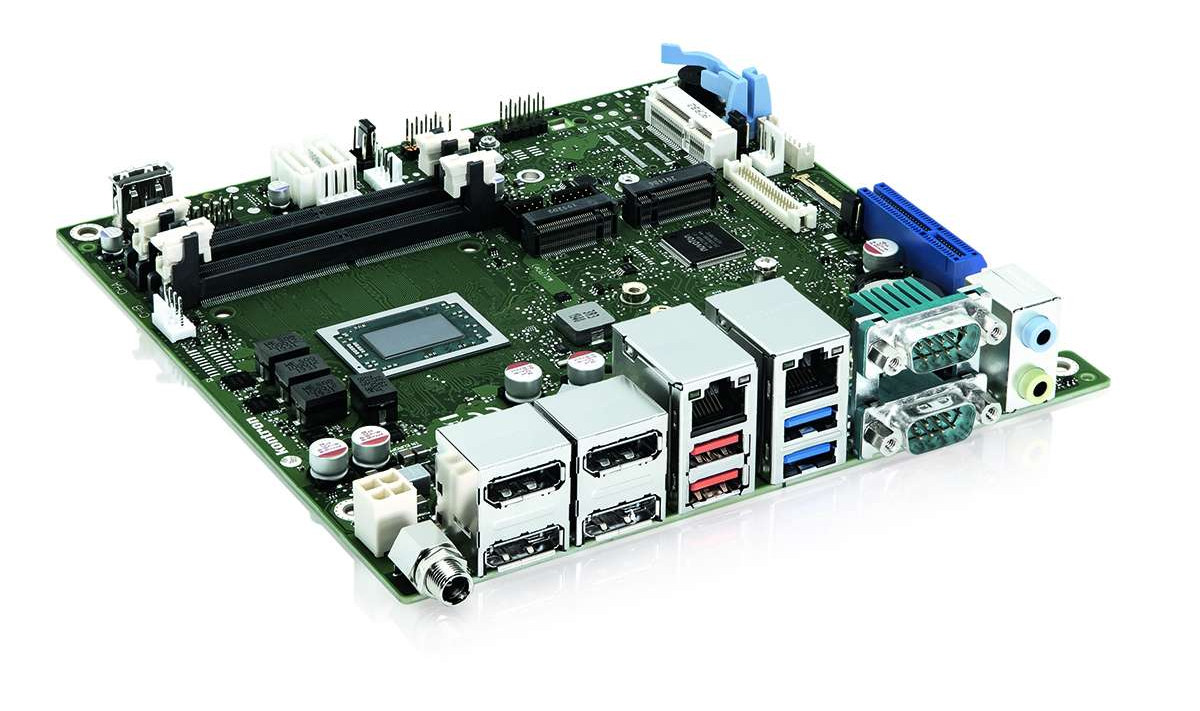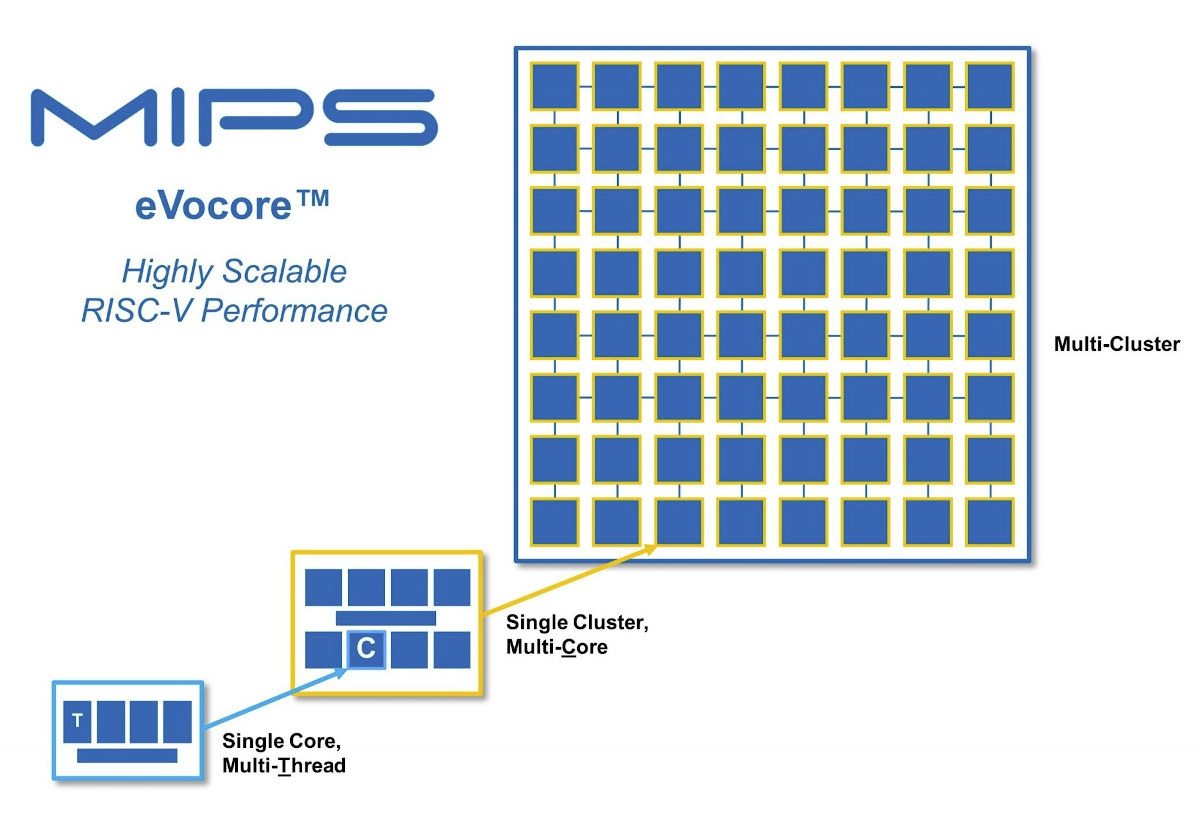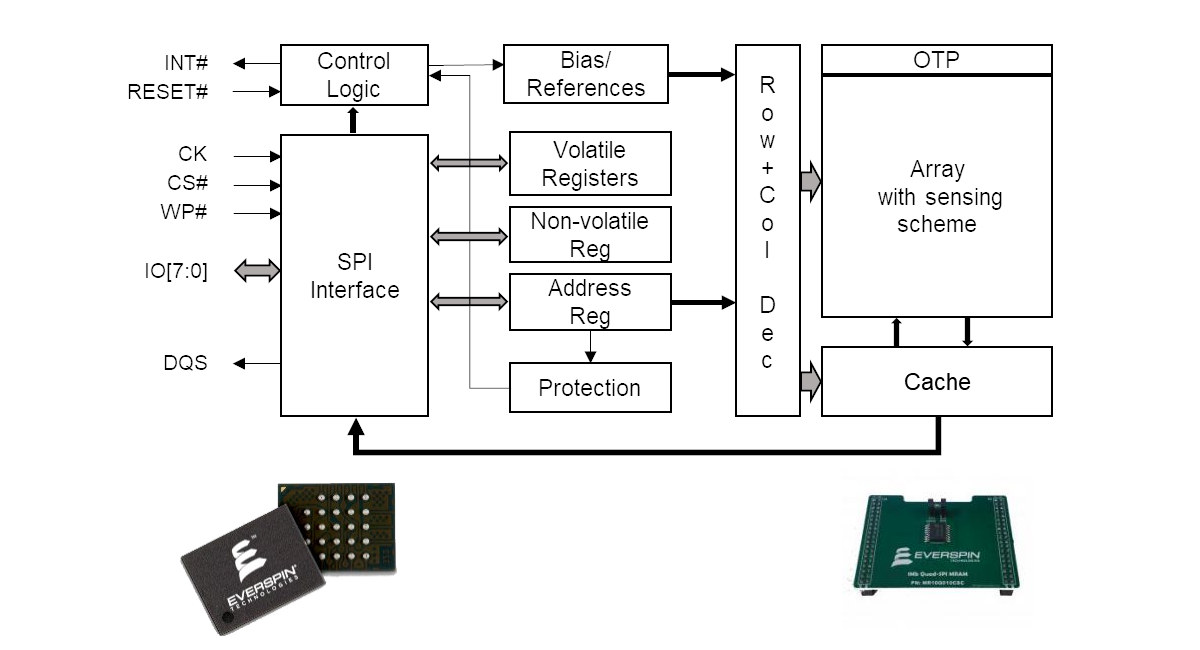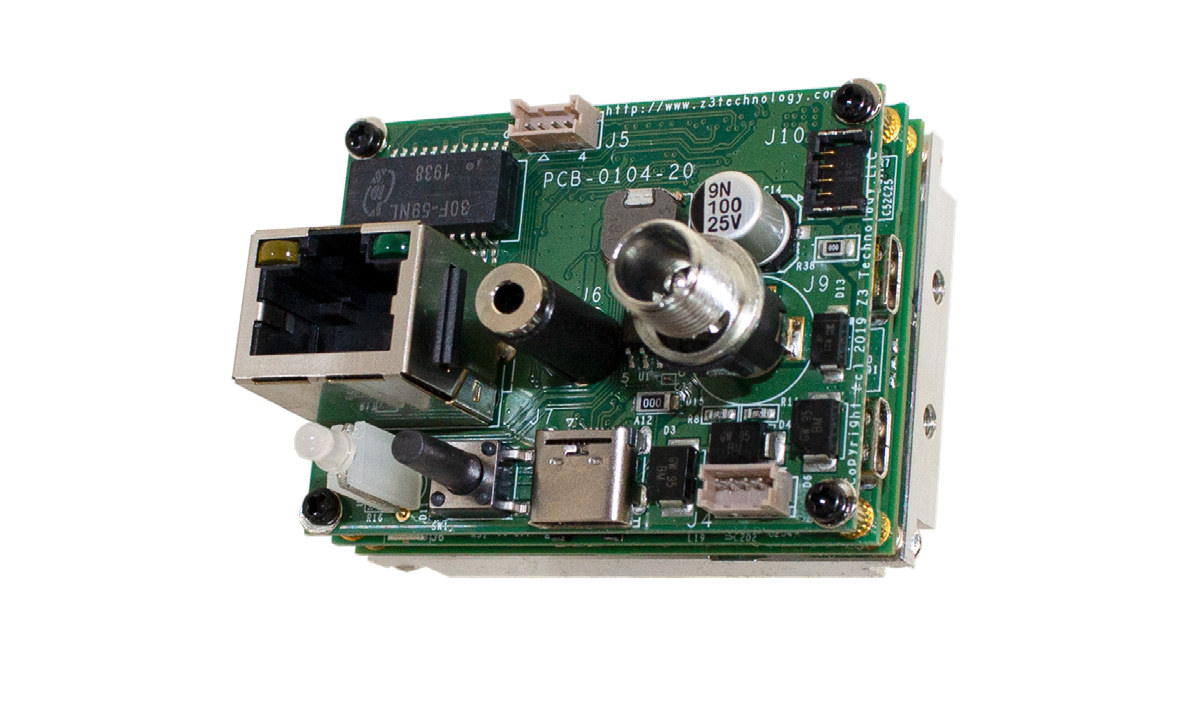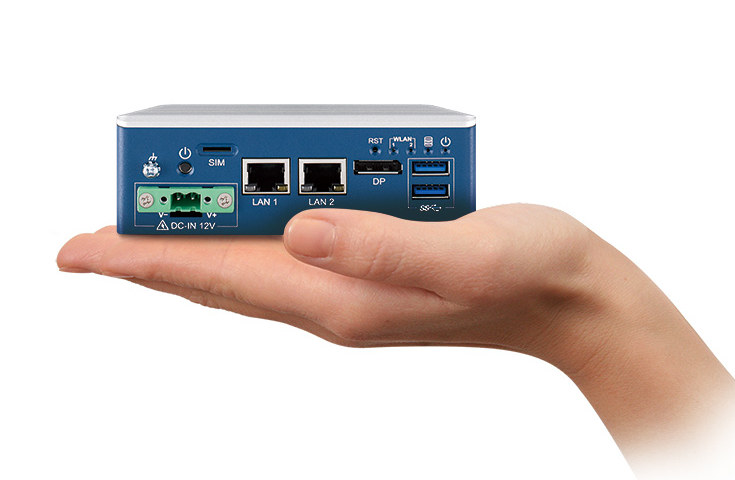AMD has just launched the Ryzen Embedded V3000 family of processors with four to eight Zen3 cores, a DDR5 memory interface, twenty PCIe Gen4 lanes, and two 10GbE interfaces that make it ideal for storage and networking applications, especially since there’s no GPU at all. The new embedded processors succeed the Ryzen Embedded V2000 Zen2 family introduced two years ago, and the Ryzen V1000 processors in 2018. For some reason, AMD decided to compare the new V3000 processors against the latter and claims up to 124% greater CPU performance, 50% improved memory transfer rate, twice the number of CPU cores, and improved I/O connectivity. There are five Ryzen Embedded V3000 SKUs at launch with the V3C48, V3C44, V3C18I, V3C16, and V3C14 whose key differences can be found in the table below. The AMD Ryzen Embedded V3C18I “industrial” processor also works in sub-zero temperatures for automotive and industrial applications. Shared specifications […]
OpenWrt 22.03 released with Firewall4, now supports over 1,580 embedded devices
OpenWrt 22.03 open-source Linux operating system for routers and entry-level embedded devices has just been released with over 3800 commits since the release of OpenWrt 21.02 nearly exactly one year ago. The new version features Firewall4 based on nftables, switching from the earlier iptables-based Firewall3, and adds support for over 180 new devices for a total of more than 1,580 embedded devices, including 15 devices capable of WiFi 6 connectivity using the MediaTek MT7915 wifi chip. OpenWrt developers explain that Firewall4 keeps the same the UCI firewall configuration syntax and should work as a drop-in replacement with most common setups, just generating nftables rules instead of iptables ones. You’ll find more details about OpenWrt firewall configuration in the documentation. OpenWrt 21.02 added initial support for the Distributed Switch Architecture (DSA), the Linux standard for configurable Ethernet switches, and OpenWrt 22.03 migrated more targets from swconfig to DSA namely all bcm53xx […]
NVIDIA Jetson AGX Orin 32GB production module is now available
NVIDIA Jetson AGX Orin 32GB production module is now in mass production and available after the 12-core Cortex-A78E system-on-module was first announced in November 2021, and the Jetson AGX Orin developer kit was launched last March for close to $2,000. Capable of up to 200 TOPS of AI inference performance, or up to 6 times faster than the Jetson AGX, the NVIDIA Jetson AGX Orin 32GB can be used for AI, IoT, embedded, and robotics deployments, and NVIDIA says nearly three dozen partners are offering commercially available products based on the new module. Here’s a reminder of NVIDIA Jetson AGX Orin 32GB specifications: CPU – 8-core Arm Cortex-A78AE v8.2 64-bit processor with 2MB L2 + 4MB L3 cache GPU / AI accelerators NVIDIA Ampere architecture with 1792 NVIDIA CUDA cores and 56 Tensor Cores @ 1 GHz DL Accelerator – 2x NVDLA v2.0 Vision Accelerator – PVA v2.0 (Programmable Vision […]
Kontron D3723-R – An AMD Ryzen Embedded R2000 motherboard in mini-ITX form factor
Kontron D3723-R is an industrial mini-ITX motherboard equipped with the just-announced AMD Ryzen Embedded R2000 processor family that delivers higher performance than Ryzen R1000 Series while keeping the costs lower than AMD Ryzen Embedded V2000 solutions, and enabling Windows 11 support. Manufactured in Germany, the Kontron D3723-R will be offered with Ryzen R2312, R2314, R2514 and R2544 SKUs, and be particularly suitable for embedded graphics applications such as professional casino gaming systems, medical displays, thin clients, industrial PCs, infotainment, and digital signage systems. Kontron D3723-R specifications: SoC (one of the other) AMD Embedded R2312 dual-core/quad-thread processor @ 2.7 / 3.5 GHz (Turbo) with 3-core AMD Radeon Vega Graphics; 12-35W TDP AMD Embedded R2314 quad-core processor @ 2.1 / 3.5 GHz (Turbo) with 6-core AMD Radeon Vega Graphics; 12-35W TDP AMD Embedded R2514 quad-core/eight-thread processor @ 2.1 / 3.7 GHz (Turbo) with 8-core AMD Radeon Vega Graphics; 12-35W TDP AMD Embedded […]
MIPS unveils RISC-V eVocore P8700 and I8500 multiprocessor IP cores
MIPS is dead, right? Well, there’s now very little done on the architecture itself, MIPS (the company) has decided to switch to RISC-V architecture, and unveiled the eVocore product lineup currently comprised of the eVocore P8700 and I8500 multiprocessor IP cores. The 64-bit cores are scalable from single-core multi-thread to a single cluster with multiple cores, and up to a multi-cluster, and target high-performance, real-time compute applications such as networking, data centers, and automotive. The eVocore P8700 comes with a 16-stage deep pipeline with multi-issue Out-of-Order (OOO) execution and multi-threading. MIPS claims it has single-threaded performance greater than what is currently available in other RISC-V CPU IP offerings, but did not provide any numbers. It will likely be used in the cloud and high-end servers as it can scale up to 64 clusters, 512 cores and 1,024 harts/threads. P8700 highlights: Multi-issue superscalar Out of Order (OOO) with Multi-threading 16-stage pipeline […]
xSPI MRAM provides an alternative to SPI NOR/NAND flash with up to 400MB/s R/W bandwidth
Everspin has unveiled the EMxxLX xSPI MRAM (Magnetoresistive Random Access Memory) non-volatile memory solution for industrial IoT and embedded systems providing an alternative to SPI NOR/NAND flash with much faster R/W data rates of up to 400MB/s and densities between 8Mbit and 64Mbit. The higher speed is made possible by the new JEDEC expanded Serial Peripheral Interface (xSPI) standard interface and a clock frequency of up to 200 MHz, the maximum supported by the xSPI standard. All chips operate at 1.8V, and the family is offered in 24-ball BGA and 8-pin DFN packages. EMxxLX xSPI MRAM key features and specifications: Density – 8Mb, 16Mb, 32Mb, 64Mb 400MBps sustained throughput with OSPI at 200MHz, DTR, for reads and writes Expanded SPI (xSPI) bus interface supporting Octal, Quad, Dual, and Single SPI protocol Up to 200MHz single and double transfer rate (STR/DTR) for Octal SPI Up to 133MHz, SPI, DSPI, QSPI Data […]
Compact H.265 4K video encoder is made for embedded, medical, and military applications
US-based Z3 Technology has announced the Z3-Q603-RPS, a compact H.265 video encoder system capable of supporting 4K and HD resolutions for embedded, medical, and even military camera applications through NDAA (National Defense Authorisation Act) compliance. The board runs Linux on Qualcomm QCS603 IoT processor for AI and computer vision applications, which we previously found in Microsoft’s Vision AI Developer Kit, supports Ethernet and WiFI 5 connectivity, as well as features such as PTZ (Pan Tilt Zoom). Z3-Q603-RPS H.264 & H.265 video encoder system is comprised of an application board and a module with the following specifications: SoC – Qualcomm QCS603 (aka Qualcomm Vision Intelligence 300 Platform) with four Armv8 cores (2x 1.6GHz Kryo 300 Gold cores, 2x 1.7GHz Qualcomm Kryo 300 Silver cores ), Snapdragon neural processing engine, Adreno 615 GPU at 780 MHz System Memory – TBD Storage – NAND flash (capacity TBD) , MicroSD card socket Video Output […]
Vecow unveils Intel Atom x6211E based fanless Box PC & Pico-ITX motherboard
Vecow EPBC-1000 2.5-inch/Pico-ITX single board computer powered by an Intel Atom x6211E Elkhart Lake processor, and found in the company’s PBC-1000 ultra-compact fanless embedded box PC, is designed for edge applications such as intelligent control, energy management, M2M, In-Vehicle Infotainment (IVI), factory automation, and any AIoT or Industry 4.0 applications. Vecow EPBC-1000 Pico-ITX board and PBC-1000 embedded mini PC specifications: SoC – Intel Atom x6211E dual-core EIkhart Lake processor @ 1.20 GHz / 3.0 GHz (Turbo), with 16 EU Intel UHD graphics @ 350 MHz / 750 MHz, 1.5MB cache; 6W TDP System Memory – 1x DDR4 3200MHz SO-DIMM up to 32GB RAM Storage – 1x SATA III (6Gbps) port Video Output – 1x DisplayPort up to 4096 x 2160 @ 60Hz Audio 1x Mic-in, 1x Line-out Realtek ALC888S-VD, 7.1 Channel HD audio codec Networking 2x Gigabit Ethernet port via Realtek RTL8119I Ethernet Controllers Optional WiFi/Bluetooth or 4G LTE via […]


